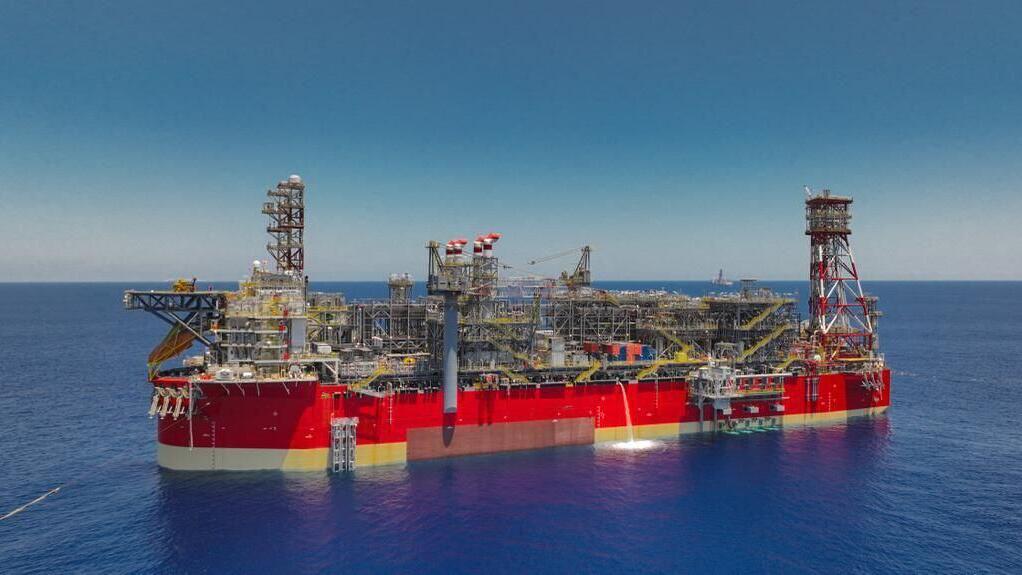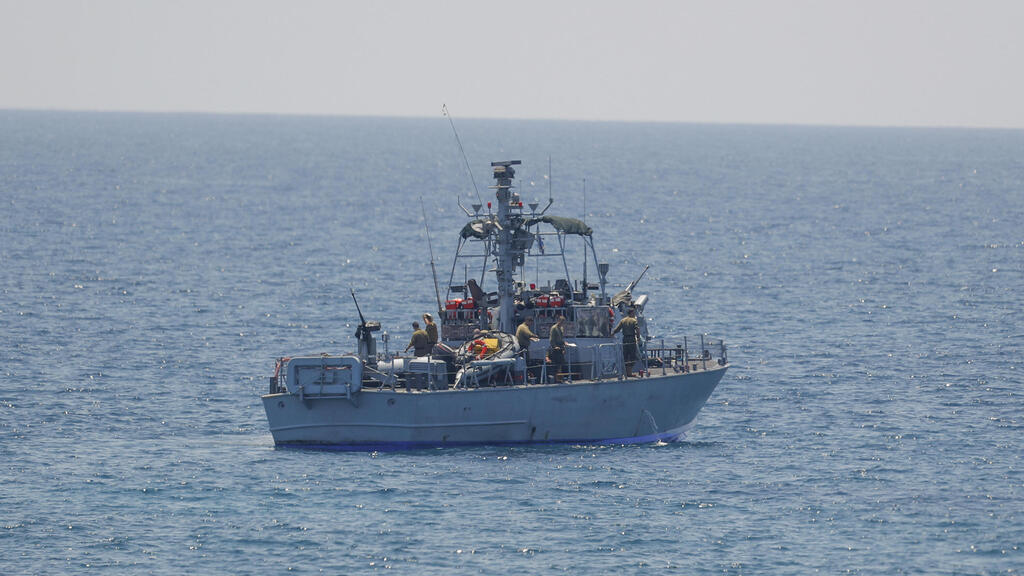Hezbollah's dispatch of three drones over the Mediterranean Sea on Saturday was likely a response to a raid on Syria earlier in the day, which the Iran-backed group attributed to Israel.
According to the IDF, the drones flew at low altitudes towards the Karish natural gas field, and caused no explosions after they were shot down by an Israeli Air Force fighter jet and an Israeli Navy corvette, indicating they were not carrying any explosives.
The Karish gas field, inside Israel's territorial water, is a point of contention between Jerusalem and Beirut, with the United States acting as mediator in the dispute in the past few months
Hezbollah by its targeting of the field was sending a message to the Lebanese government to stand firm and demand the maritime border between the countries should be moved south to include Karish and other potential gas reservoirs in Lebanese territory.
Through its actions, Hezbollah was likely aiming to achieve not only Iranian goals, but the group's own objectives. By increasing tension around the maritime border dispute, foreign companies might by discouraged from investing there, which might sway the U.S. to take a position more favorable for Hezbollah.
3 View gallery


The U.S. delegation to the maritime border talks between Israel and Lebanon
(Photo: The Energy Ministry)
The drones were unarmed, by all indications, and were sent to photograph the gas rig and embarrass Israel by exhibiting Hezbollah's ability to attack it, as well as prove Israeli assets were exposed at a time of political instability and just ahead of the visit to the area by U.S. President Joe Biden.
But all Iran-backed group's objectives were literally shot down by the IDF. Th IAF and Navy now can respond to a drone attack even in less than optimal conditions - when they are flying slowly and in low altitude, and are harder to detect.
For the first time, the IDF deployed its Barak 1 missiles to down the aerial threat and proved they can successfully provide a defense to the gas rigs.
There is no doubt that Israel had the upper hand in Saturday's incident, due to lessons learned in previous incursions by UAVs.
Hezbollah will be shown, no doubt, that a strike against Israel's territorial waters by UAVs or other methods, is considered an aggression against its sovereignty, and will come at a cost.



